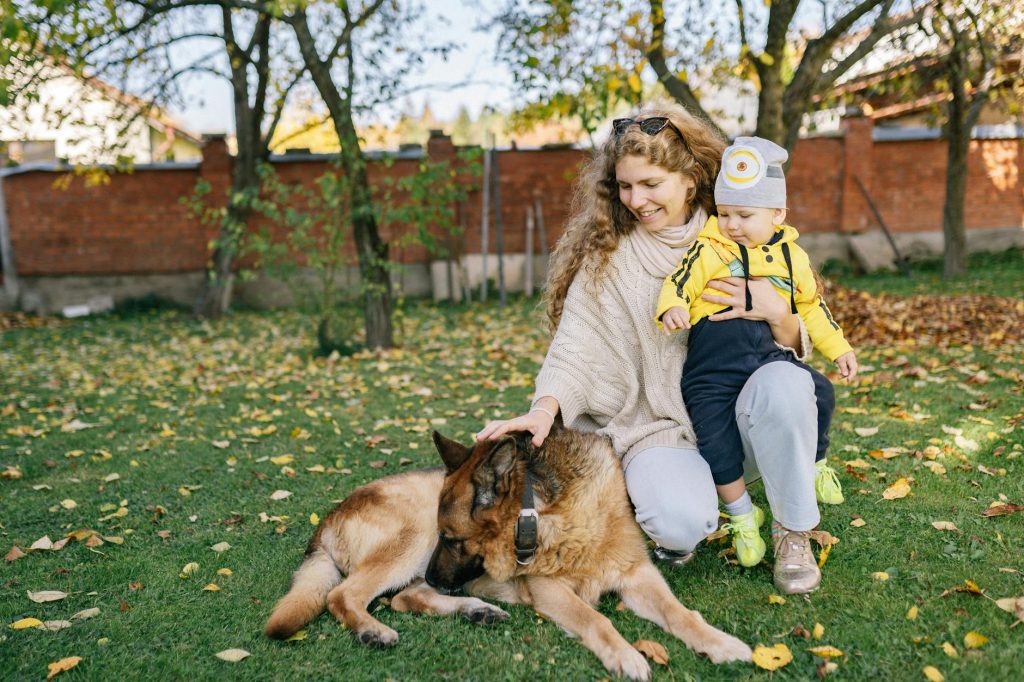
Image source: pexels.com
Have you ever looked at your monthly expenses and wondered why you’re spending more on your pets than your own kids? You’re not alone. In recent years, many families have noticed that their pet budgets rival or even outpace what they spend on their children. The psychology behind this trend is fascinating and tells us a lot about modern families and our emotional priorities. Understanding why we spend so much on pets can help us make smarter choices—both emotionally and financially. Let’s unpack why this shift is happening and what it means for your household’s financial health.
1. Unconditional Love and Emotional Comfort
The primary reason people spend more on pets than children is the unique emotional bond they share with their furry companions. Pets offer unconditional love and a sense of loyalty that can be hard to find elsewhere. When you walk through the door, your dog or cat greets you with excitement, no matter how your day went. This instant mood boost is hard to put a price on.
Children, on the other hand, go through phases of independence, rebellion, and emotional distance as they grow. Pets, by contrast, never outgrow their dependence on you. Many people find themselves compensating for stressful lives or empty nests by showering their pets with gifts, premium food, and even spa treatments. This deep psychological need for comfort often drives higher spending, especially when compared to the more practical spending on children.
2. The Rise of the “Pet Parent” Identity
Another key factor in why people spend more on pets than children is identity. In today’s world, being a “pet parent” is a badge of honor. Social media is filled with posts about pets’ birthdays, matching outfits, and gourmet treats. There’s even a growing industry around pet influencers and pet-friendly travel.
This cultural shift means people are more willing to splurge on their pets, sometimes even more than on their children. Pet-focused brands and services tap into this identity, encouraging owners to express love through spending. The emotional payoff can feel greater when your part of a community that celebrates this kind of devotion.
3. Lower Barriers to Spending
Spending on pets often feels less complicated than spending on children. When you buy something for your child, you might worry about spoiling them or setting unrealistic expectations. With pets, those concerns fade away. You’re not thinking about college funds or long-term impacts. Instead, you’re focused on immediate happiness—yours and your pet’s.
This ease can make it simple to justify another toy, treat, or even an expensive vet procedure. The psychology of spending more on pets than children often comes down to the lack of guilt or second-guessing. For many, the joy of seeing their pet happy outweighs any budgetary concerns, at least in the moment.
4. Marketing and the Luxury Pet Economy
Companies have noticed that people are willing to spend more on pets than children, and they’re capitalizing on it. The pet industry is booming, with specialty foods, subscription boxes, and even pet wellness plans. Marketers use language that frames pets as family members, making it easier to justify premium spending.
Parents may hesitate before spending $50 on a trendy toy for their child but won’t blink at the same price for an orthopedic dog bed. This is partly due to how pet products are marketed—often as essential for the pet’s happiness and health. The psychology here is powerful: when something is framed as a need rather than a want, we’re more likely to open our wallets.
5. Guilt, Grief, and Companionship
Many people spend more on pets than on children because of feelings of guilt or grief. If a pet has been rescued or adopted after trauma, owners may feel a sense of responsibility to “make up for” their difficult past. Others find that pets fill an emotional void, especially after losing a loved one or during life transitions.
This emotional dynamic can lead to increased spending. The desire to provide the best possible life for a loyal companion often trumps practical considerations. For some, pets are not just animals—they’re best friends or even surrogate children. This deep level of companionship is at the heart of the psychology behind spending more on pets than children.
Making Sense of Our Spending Priorities
The reality is, spending more on pets than children is a growing trend rooted in our emotional needs, changing identities, and the influence of clever marketing. While there’s nothing wrong with wanting the best for your pets, it’s wise to check in with your budget and make sure your spending aligns with your family’s true priorities. Balancing emotional fulfillment with financial responsibility is key for any household.
If you’re looking to make better choices about your spending, consider reviewing your budget with a professional.
Have you noticed yourself spending more on pets than on children? What drives your spending choices? Share your thoughts in the comments below!
What to Read Next…
- Why Even Wealthy Families Are Now Fighting Over Heirlooms
- Why Do Adult Children Fight More Over Jewelry Than Homes
- 10 Services Adult Children Regret Paying For Their Parents
- Why Your Adult Children Might Fight Over The Family Car
- 7 Inheritance Mistakes That Financial Advisors Warn Against

Travis Campbell is a digital marketer/developer with over 10 years of experience and a writer for over 6 years. He holds a degree in E-commerce and likes to share life advice he’s learned over the years. Travis loves spending time on the golf course or at the gym when he’s not working.
Leave a Reply